Sutro Baths, built in 1896, was the brainchild of Adolph Sutro and was once considered the “world’s largest indoor swimming pool.”
I’d not heard of Sutro Baths, or knew of its existence behind Cliff House; however, the foundational remains of what once used to be the swimming facility caught the attention of the archaeologist in me. This coupled with my swimming pool background had me poking through every nook and cranny to try and figure out how the whole thing worked.
It was windy during my visit, windy enough to blow me back and forth uncontrollably over loose gravel more than a few times. At one point I thought I was going to lose my camera and/or myself to the ocean below the cliffs. This drove me into the cave that supposedly once held a giant pump.
I explored the cave looking for some remnants of piping. From what I’ve read, said giant pump could fill the swimming tanks at a rate of 6,000 gallons a minute. This is pretty impressive considering the University of Calgary pool (50mx20mx5m graduated depth) holds approximately 1,300,000 gallons of water and during fall cleaning would take us about 48-hours to fill it. If my math is correct, it would only take 3.5-hours-ish to fill the U of C pool using the Sutro pump.
Swimming pool aside, if you wander even further up the hill and you’ll discover the site of an Ohlone shell midden that was studied extensively by researchers in the 1970s. Middens tell you what people ate (I once spent a year looking through a shell midden from Seal Island).
In this case, the Yelamu (the Ohlone group that lived in this area) ate shellfish, eggs, seabirds and marine mammals (*surprise*). They probably ate vegetables too… but vegetable matter tends to disappear quickly. You can tell a lot more from bones and shells than the obvious. If you can find seasonal markers, then you can start figuring out migration paths and times of environmental flux.
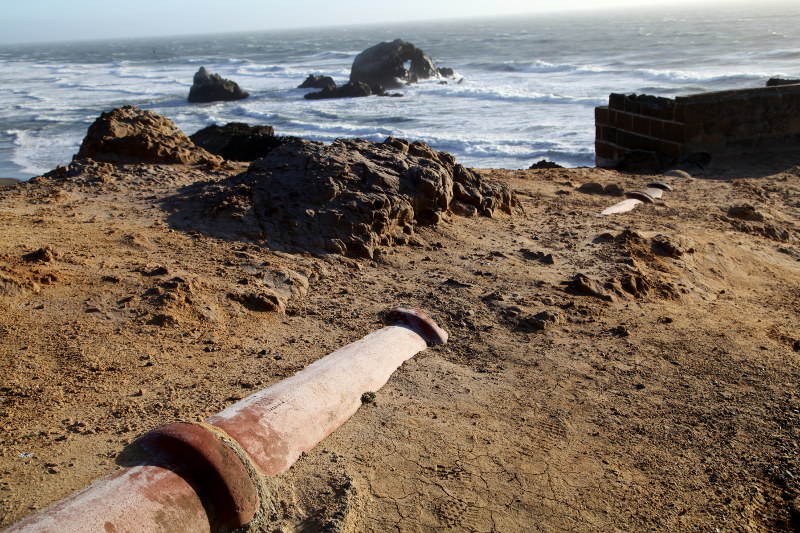
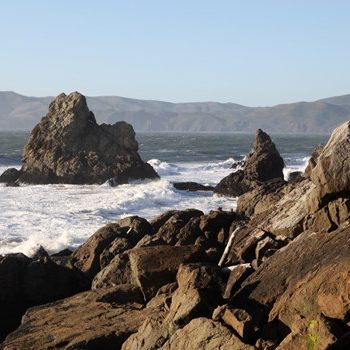
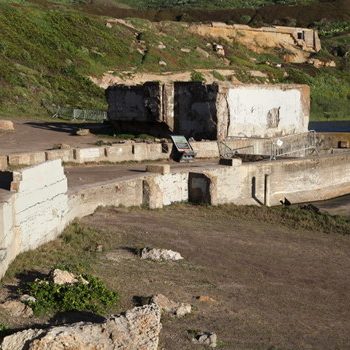
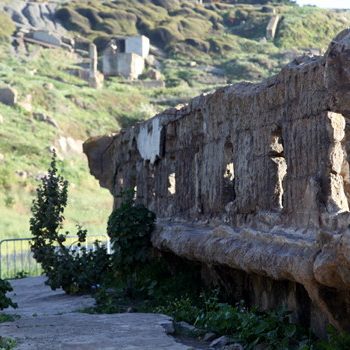
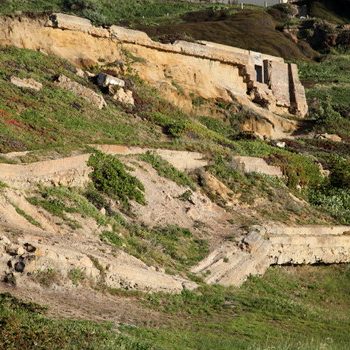
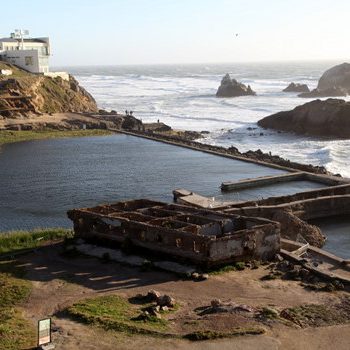
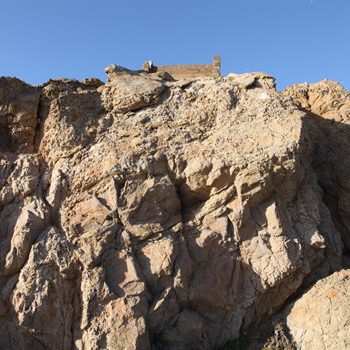
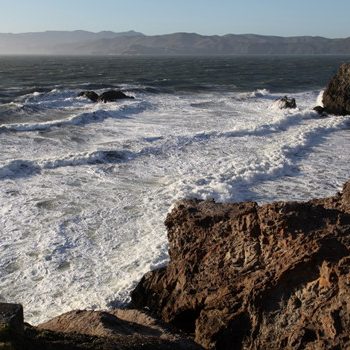
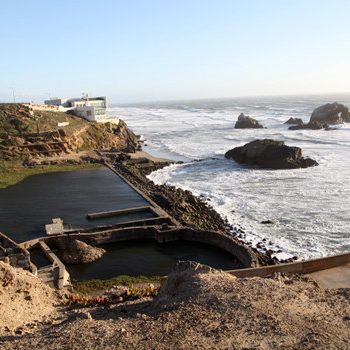
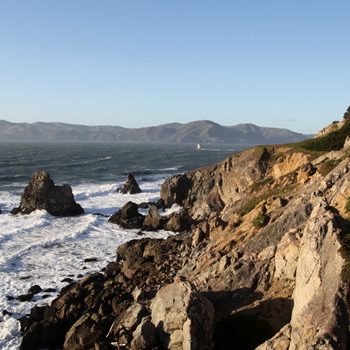
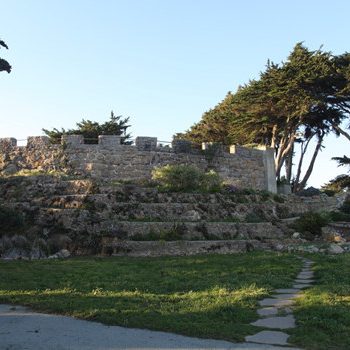
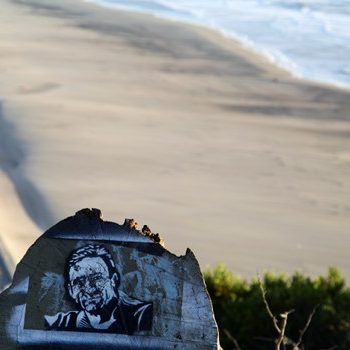
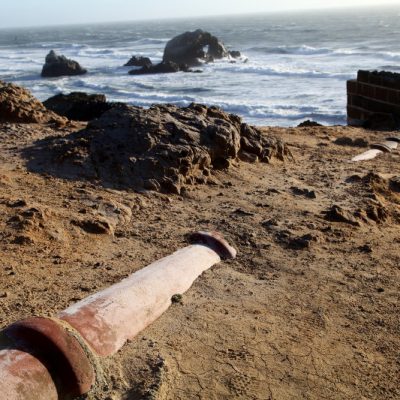
0 comments on “Sutro Baths, Land’s End”Add yours →